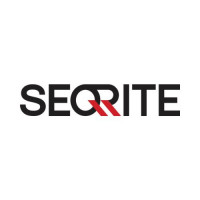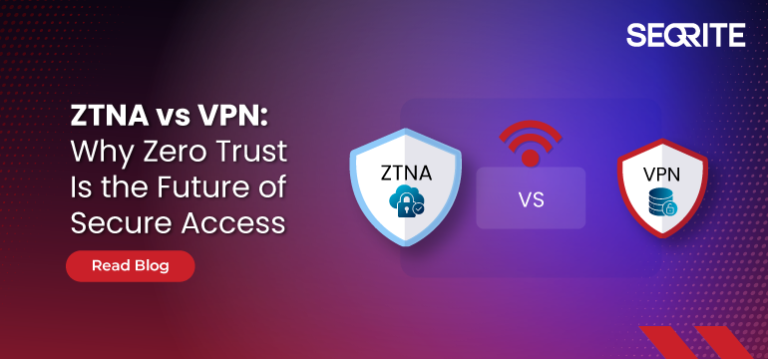Choosing the Right ZTNA Solution: A Practical Guide for Modern Enterprises

Strong 8k brings an ultra-HD IPTV experience to your living room and your pocket.
In a digital landscape where hybrid work, cloud adoption, and third-party collaboration are the new norm, the need for agile, identity-centric security frameworks is more urgent than ever. Traditional perimeter-based defenses such as VPNs are no longer sufficient to safeguard today’s dynamic IT environments. This is where Zero Trust Network Access (ZTNA) steps in as a transformative solution.
ZTNA operates on a foundational principle: never trust, always verify. Instead of granting users blanket access to a network, ZTNA limits access to specific applications and data based on continuous verification of user identity, device health, and contextual parameters. However, selecting the right ZTNA solution isn’t just a technical decision—it’s a strategic move that can significantly impact your organization’s security, productivity, and scalability.
Understanding Your Organizational Needs
The first step in choosing a ZTNA solution is to evaluate the unique requirements of your organization. Consider how and where your workforce operates. Do your employees work remotely, on-site, or in a hybrid setup? Do you engage freelancers, contractors, or third-party vendors who need limited access to specific applications?
For remote or hybrid teams using corporate devices, an agent-based ZTNA model—which involves installing a lightweight software client on the device—offers greater visibility and control. For external users on unmanaged devices, an agentless or browser-based ZTNA model is ideal, offering flexibility without compromising security.
Moreover, the sensitivity of the data being accessed should influence your choice. Organizations handling regulated information—such as financial data or healthcare records—must ensure compliance with standards like GDPR, HIPAA, or SOC 2. Therefore, the ZTNA solution you select must support auditing, logging, and policy enforcement mechanisms aligned with these regulations.
Deployment Models: Agent-Based, Agentless, or Hybrid?
ZTNA solutions generally fall into three categories:
Agent-Based (Service-Initiated): Requires installation of an agent on endpoint devices. It offers deep integration with endpoint security tools and granular policy enforcement. Best suited for corporate devices.
Agentless (Network-Initiated): Does not require endpoint software. Users connect through a secure browser interface, making it suitable for BYOD or third-party access scenarios.
Hybrid: Combines both models, allowing organizations to apply different access policies based on user roles, device posture, or resource types. This offers maximum flexibility and control.
Key Features to Look For
A robust ZTNA solution must go beyond basic access control. Here are the essential features to prioritize:
Strong Identity Verification: Multi-factor authentication (MFA), continuous user validation, and integration with your existing identity providers are crucial.
Granular Access Policies: Support for role-based access control (RBAC), context-aware authentication (based on device, location, and time), and application-level segmentation.
Device Trust: Device binding ensures that users can only access resources from approved devices.
Monitoring and Auditing: Session recording and real-time activity logs are essential for compliance and forensic analysis.
Compatibility: Ensure the solution integrates seamlessly with existing IAM, SIEM, SOAR, and EDR platforms to centralize security operations.
User Experience: Features like single sign-on (SSO), quick onboarding, and intuitive portals improve adoption and minimize help desk tickets.
Cost and Deployment Considerations
The deployment model you choose will also affect the cost and complexity of your ZTNA implementation. Cloud-delivered ZTNA solutions—offered as Software-as-a-Service (SaaS)—are quicker to deploy and scale. They suit businesses with cloud-first strategies. However, on-premises solutions, though resource-intensive, offer full control and are better suited for industries with strict data sovereignty laws.
Pay close attention to pricing models. Some providers charge per user, others by application or bandwidth. Look for potential hidden costs such as integration fees, additional features, or data usage. To avoid surprises, run a proof-of-concept (PoC) pilot to evaluate performance, user experience, and ROI before full-scale deployment.
Conclusion
ZTNA is more than just a VPN alternative—it’s a security strategy that aligns with today’s digital transformation goals. Selecting the right ZTNA solution requires a deep understanding of your workforce, infrastructure, compliance requirements, and business objectives.
By choosing a solution that balances security, flexibility, and usability, organizations can confidently secure their networks without compromising operational agility. Whether you’re protecting sensitive financial systems or enabling remote developers, a well-implemented ZTNA framework will empower your business in a boundary less digital world.
Note: IndiBlogHub features both user-submitted and editorial content. We do not verify third-party contributions. Read our Disclaimer and Privacy Policyfor details.







